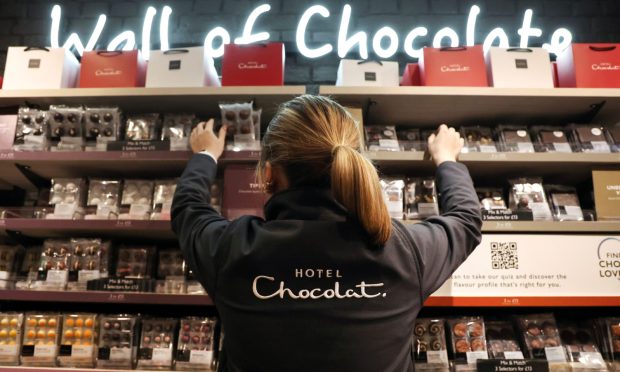A soaring elderly population has been identified as one of the biggest challenges facing Fife.
The number of the people in the region aged over 75 is expected to almost double in 25 years.
In 2014 30,809 of Fife’s 367,250 residents were in the 75+ age group but by 2039 that is expected to increase by 91% to 58,903.
While the overall population is projected to rise by 5%, the increase in those of pensionable age will be 27%.
A strategic assessment conducted by Fife Council highlighted the region’s “changing demographic as one of the biggest challenges facing Fife”.
As well as well-documented pressures on health and social care from the growing elderly population nationwide, there are concerns about the impact in areas including housing, fuel poverty, social isolation, transport and crime prevention, councillors will be advised.
In a report to be presented to the council’s scrutiny committee on Tuesday, communities executive director Michael Enston said work is being done across the board to address the challenges and opportunities of Fife’s ageing population.
He said people recognise changing demographics “have implications for all parts of the population and all areas of service delivery, and are not solely the responsibility of the health and social care partnership”.
His report says: “There are many excellent examples of individual agency and partnership working across Fife, which have a positive impact on older people and which encourage their active contribution.
“There are also good examples of preventative approaches, although it was noted that the pressure to make savings, along with the current system of ‘siloed’ budgets, can sometimes reduce the incentive to invest preventatively.”
A review of older people in Fife has been conducted to assist community planning.
Outlining the document, Mr Enston said future generations of older people are predicted to be less affluent than those currently and that the cost of living is a major issue for older people in Fife, particularly those over 75.
Citizens Advice and Rights Fife reported an increasing number of older people seeking debt advice, he said, and there were more older people being made homeless as a result of having sold or transferred houses to their children.
Almost half (49%) of older households in Fife are in fuel poverty, he said, compared with 35% of all households and research found older people in Fife are a group at risk of food insecurity.
A shortage of affordable, accessible housing was identified nationwide as a concern and Mr Enston said further development of housing options is a key priority for Fife’s housing services.
Concerns about crime and anti-social behaviour are generally higher among older people in Fife, and a range of work is underway to address these issues, his report says.
Other issues highlighted were a lack of a coherent approach among employers to the changing workforce demographic, social isolation compounded by a lack of transport and digital exclusion.










